The US said the Iranian UAV acted unprofessionally, causing a safety hazard when it flew only 1.5 km away from the aircraft carrier Eisenhower, instead of 18.5 km as requested.
Vice Admiral Brad Cooper, commander of US naval forces in the Middle East, on November 29 accused an Iranian unmanned aerial vehicle (UAV) of approaching the USS Dwight D. Eisenhower aircraft carrier, at one point only 1.5 km away, while the warship was operating in the Gulf.
"The Iranian aircraft ignored multiple communications and warnings, violating the air traffic control notice, which requires aircraft to maintain a minimum distance of 18.5 kilometers from the aircraft carrier. Their unsafe, unprofessional, and irresponsible behavior endangered the lives of American and partner troops. Iran must immediately stop this," he said.
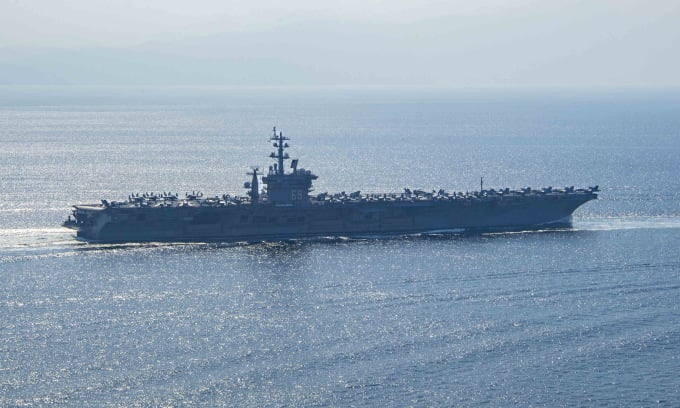
The aircraft carrier USS Dwight D. Eisenhower passed through the Strait of Hormuz on November 26. Photo: US Navy
Vice Admiral Cooper affirmed that the US Navy will remain vigilant, continue to operate "wherever international law allows" and promote maritime security in the region.
Iran has not commented on the information.
Iran's Islamic Revolutionary Guard Corps (IRGC) released a video on November 28 recorded by a drone while monitoring the US aircraft carrier Dwight D. Eisenhower moving through the Strait of Hormuz two days earlier.
Iranian UAVs monitor US warships in the Strait of Hormuz on November 26. Video: Tasnim
In the video, the Iranian UAV continuously hovers over the US warship group, including the aircraft carrier USS Dwight D. Eisenhower, the cruiser USS Philippine Sea, the destroyers USS Mason and USS Gravely. The Iranian UAV also observes the aircraft on the flight deck and helicopters landing on the USS Dwight D. Eisenhower.
Brigadier General Alireza Tangsiri, commander of the IRGC navy, said the carrier group had “responded to all queries” from Iran before passing through the Strait of Hormuz. “Our drones continuously flew above and forced the US helicopters to land. They also quickly changed course and moved south to the Persian Gulf when they detected the number of weapons deployed by the IRGC,” he said.
Relations between Tehran and Washington have been strained since 2018, when then-US President Donald Trump unilaterally withdrew the US from the nuclear deal between Iran and world powers, in which Tehran agreed to limit uranium enrichment in exchange for the lifting of economic sanctions.
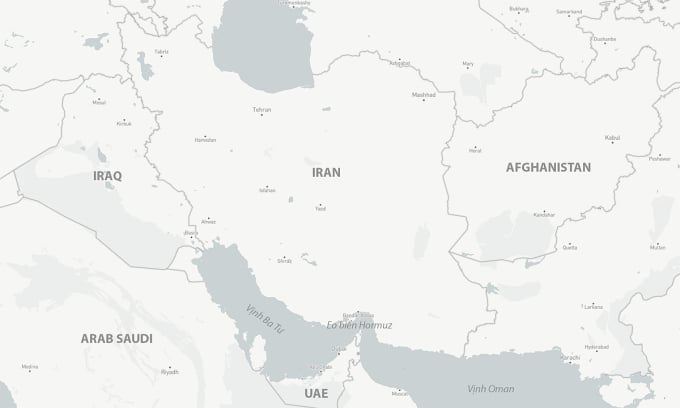
Location of the Persian Gulf and the Strait of Hormuz. Graphic: CSIS
Iranian and US forces have had several close encounters at sea. Last month, the Iranian navy said it warned off a US surveillance plane in the Persian Gulf and forced the USS Florida nuclear submarine to surface as it passed through the Strait of Hormuz. In 2019, Tehran shot down a US drone worth more than $200 million that it said had violated southern Iranian airspace.
Vu Anh (According to AFP )
Source link


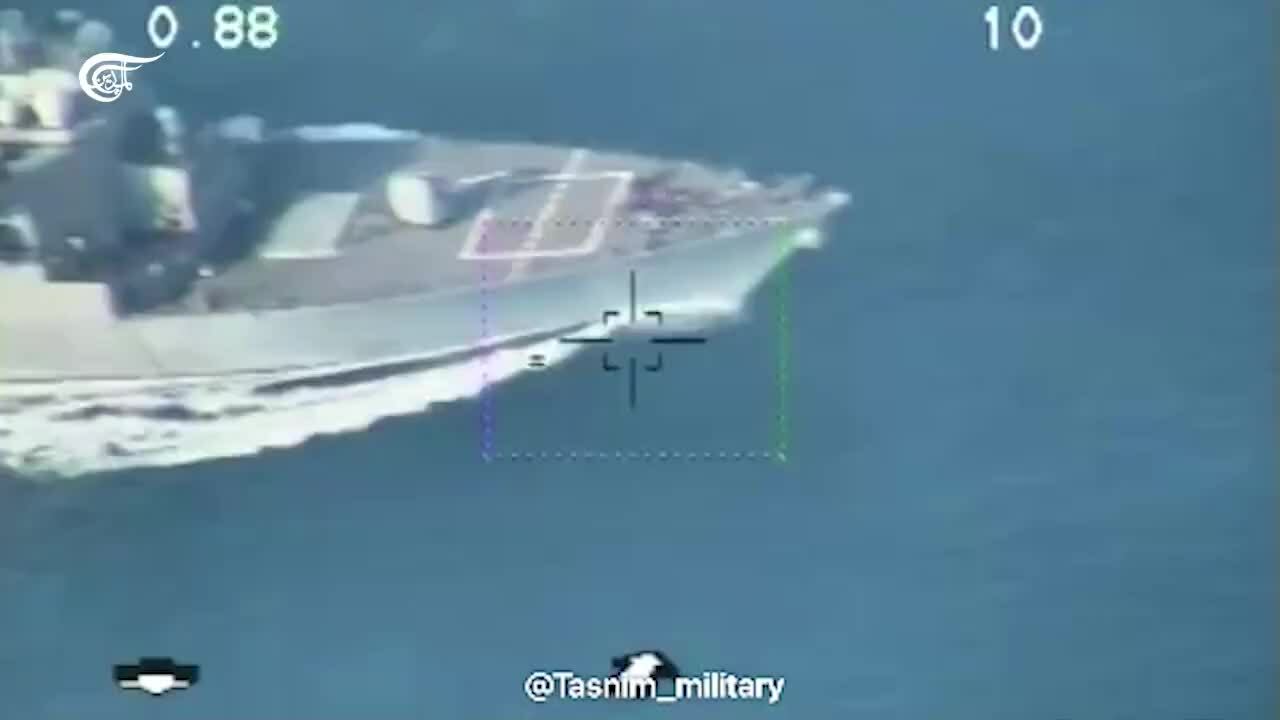

![[Photo] Overcoming all difficulties, speeding up construction progress of Hoa Binh Hydropower Plant Expansion Project](https://vstatic.vietnam.vn/vietnam/resource/IMAGE/2025/4/12/bff04b551e98484c84d74c8faa3526e0)


![[Photo] Closing of the 11th Conference of the 13th Central Committee of the Communist Party of Vietnam](https://vstatic.vietnam.vn/vietnam/resource/IMAGE/2025/4/12/114b57fe6e9b4814a5ddfacf6dfe5b7f)

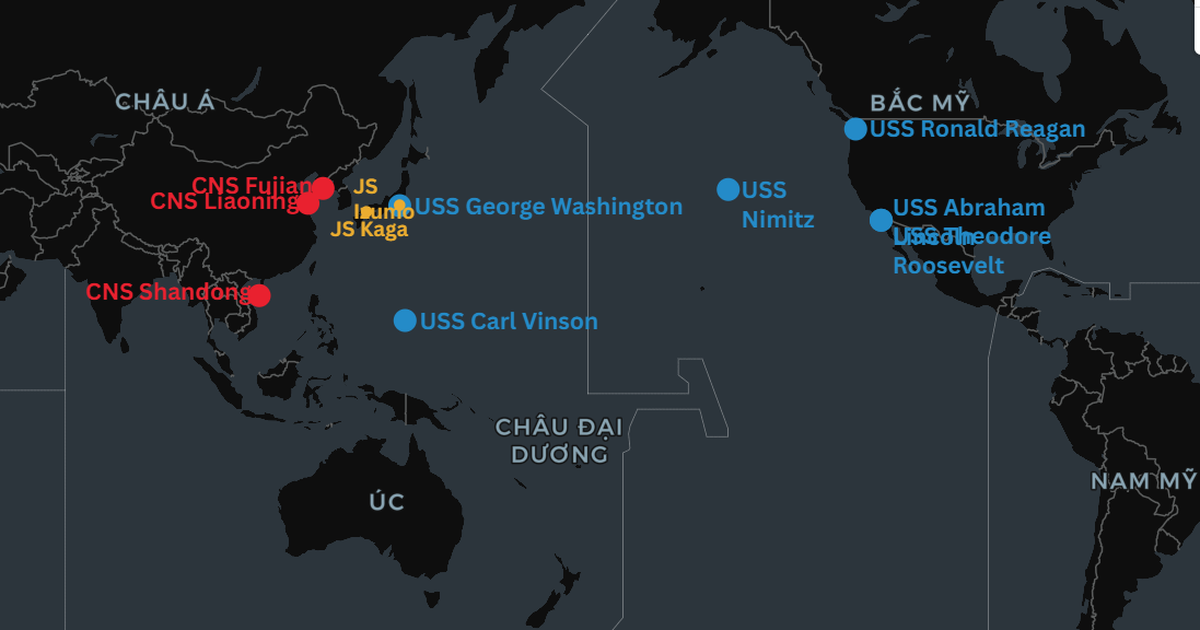

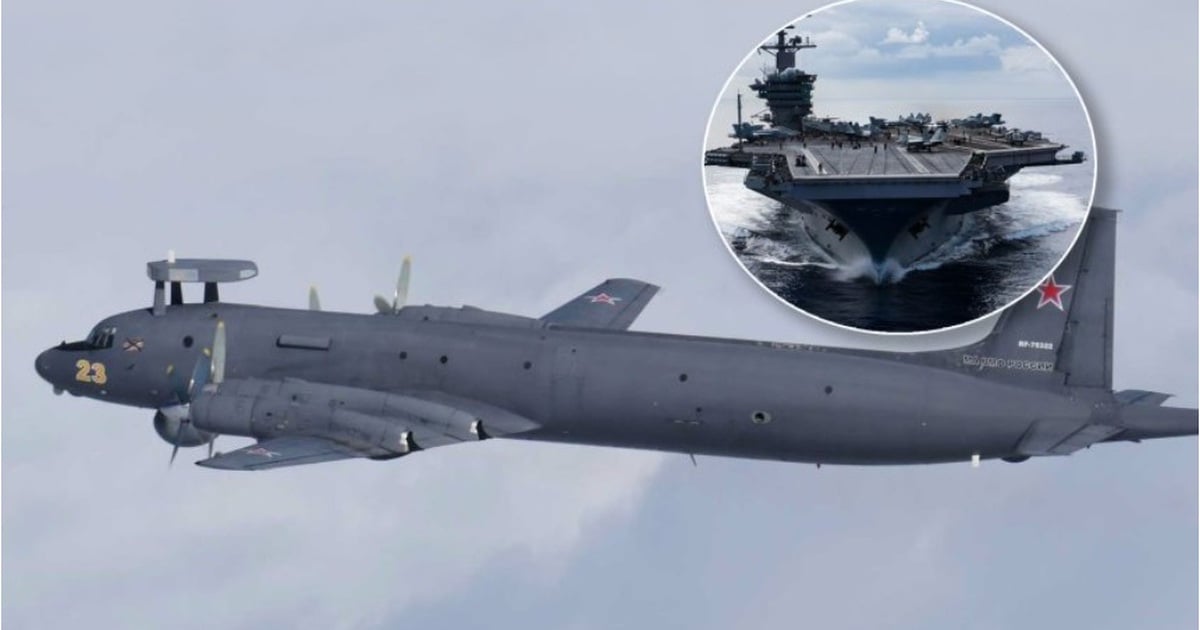
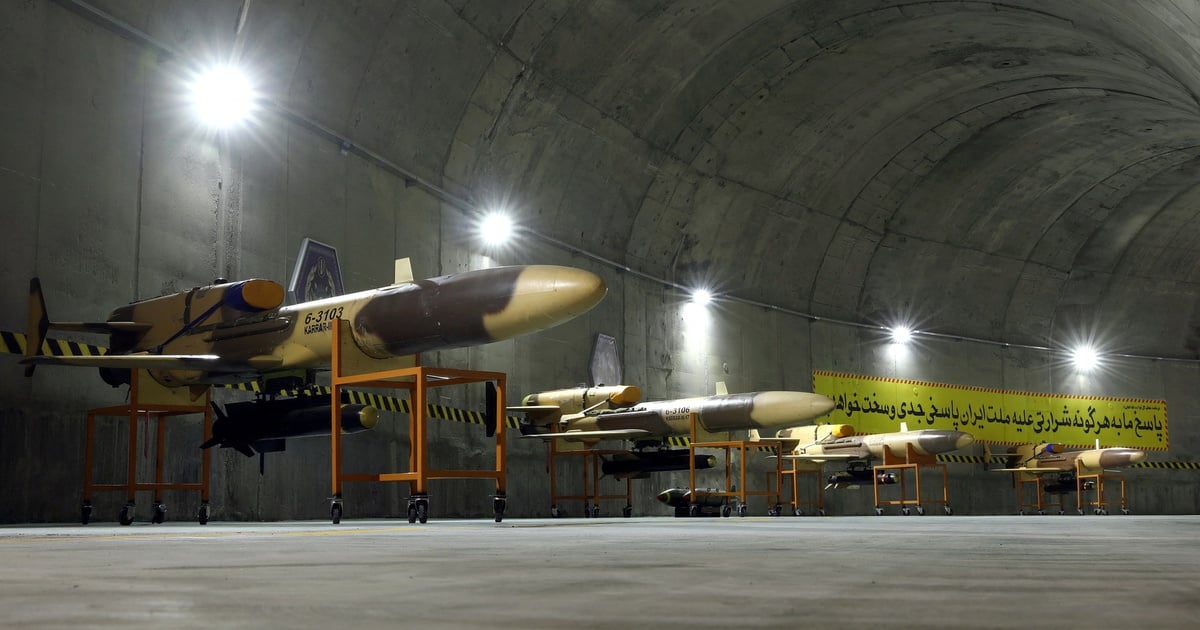
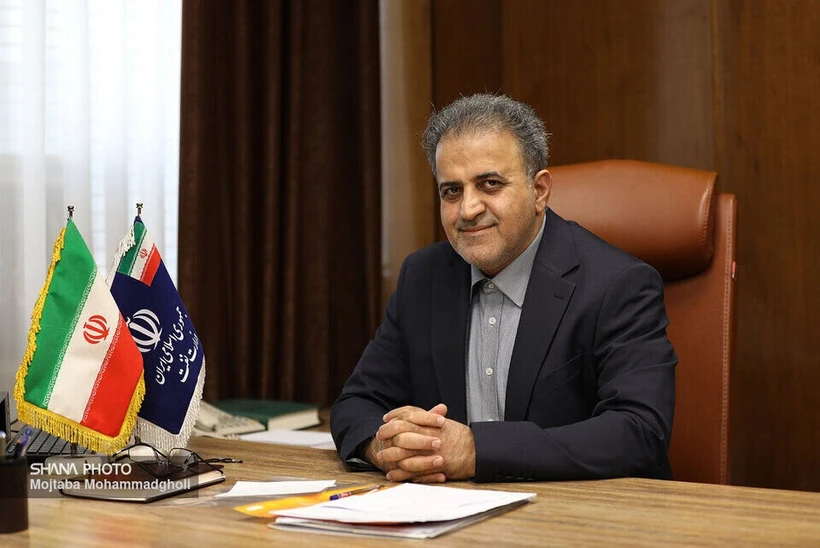


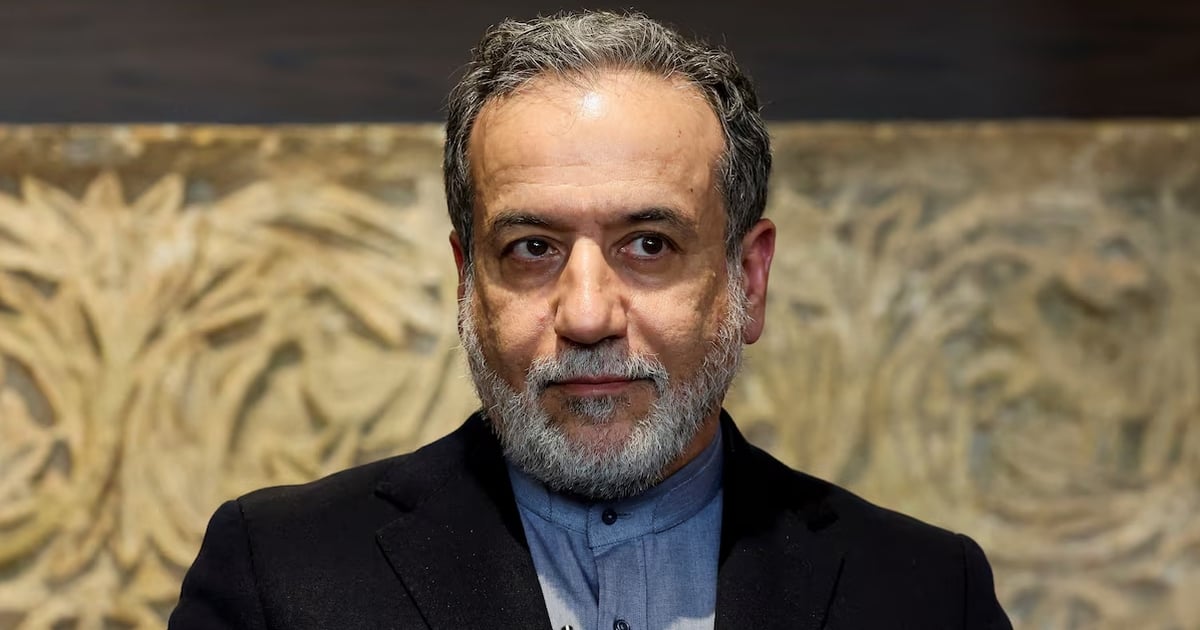















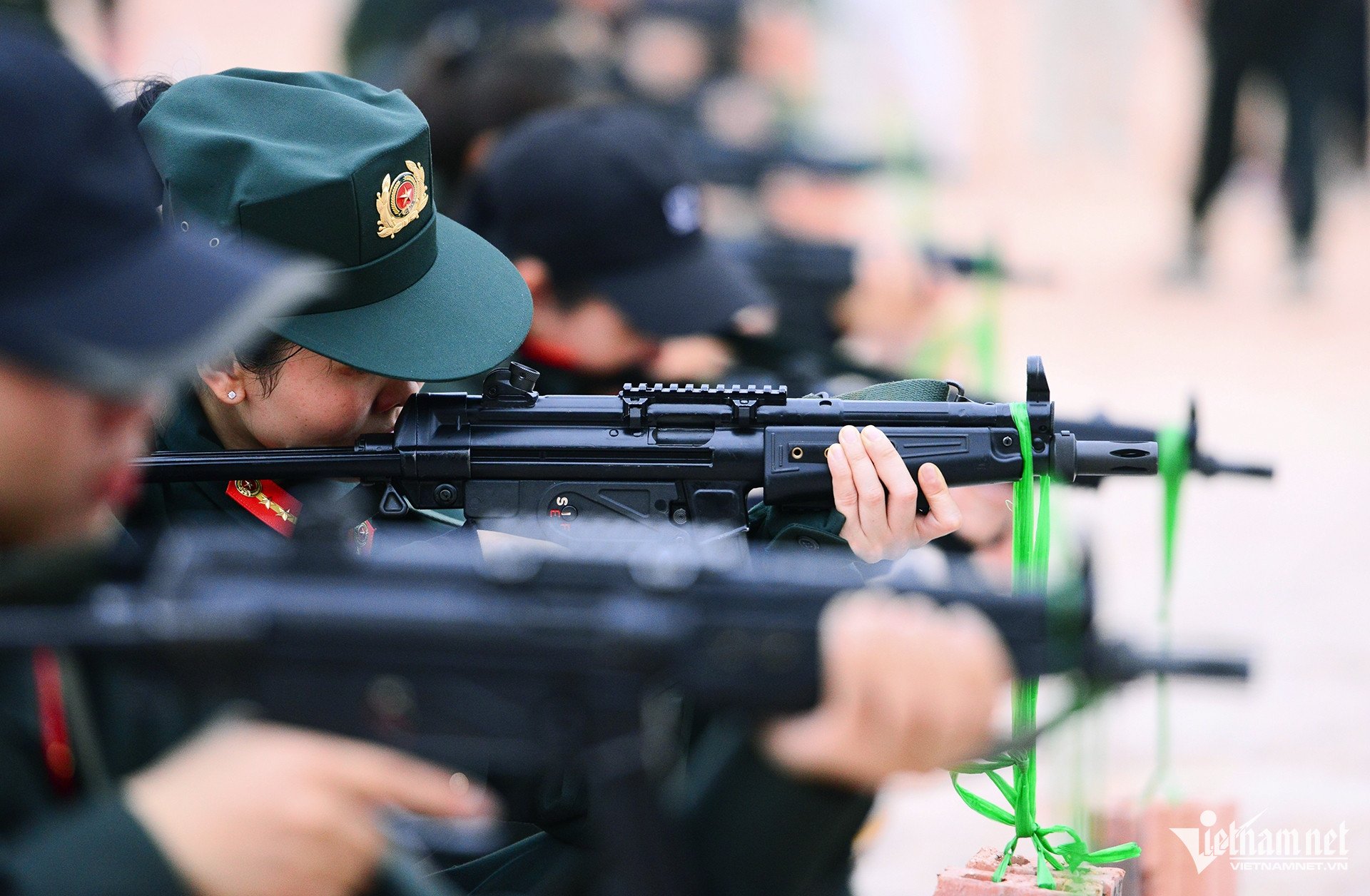
































































Comment (0)